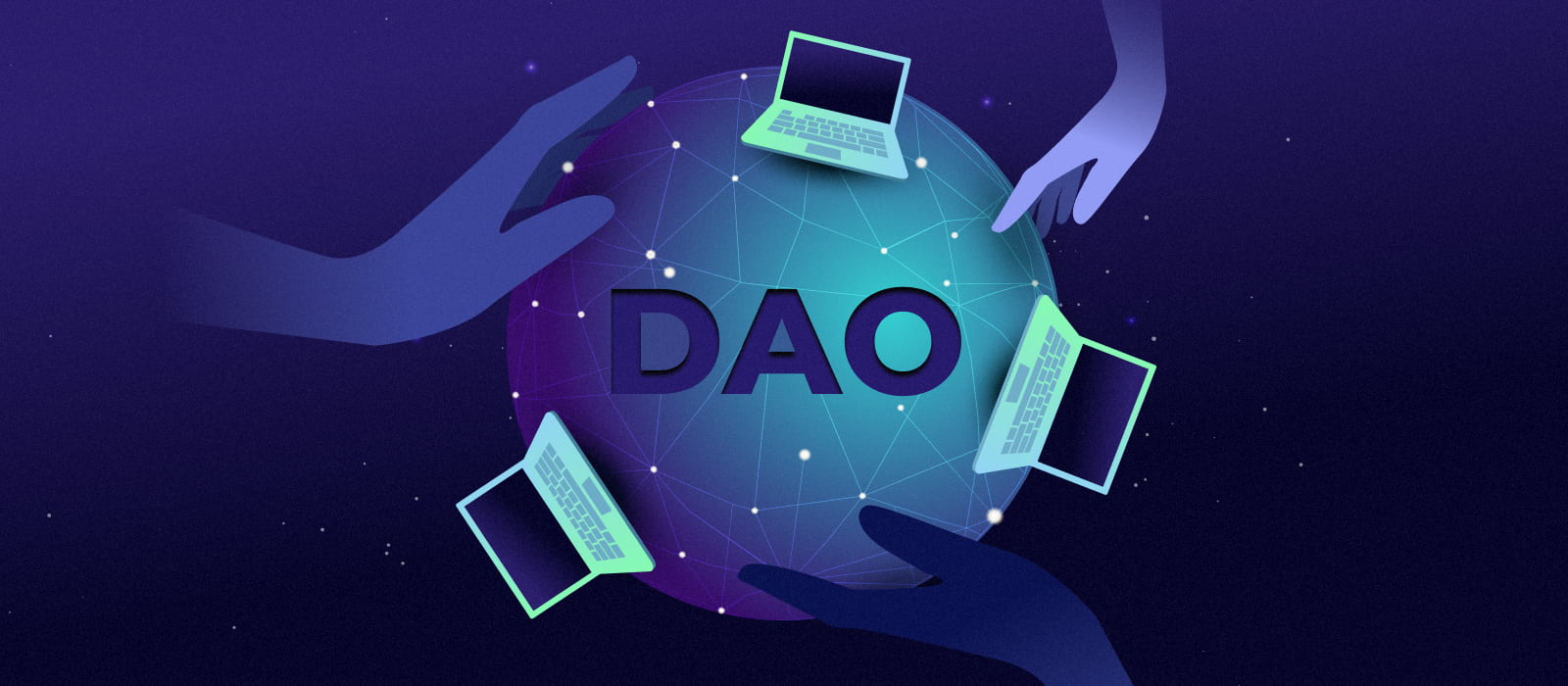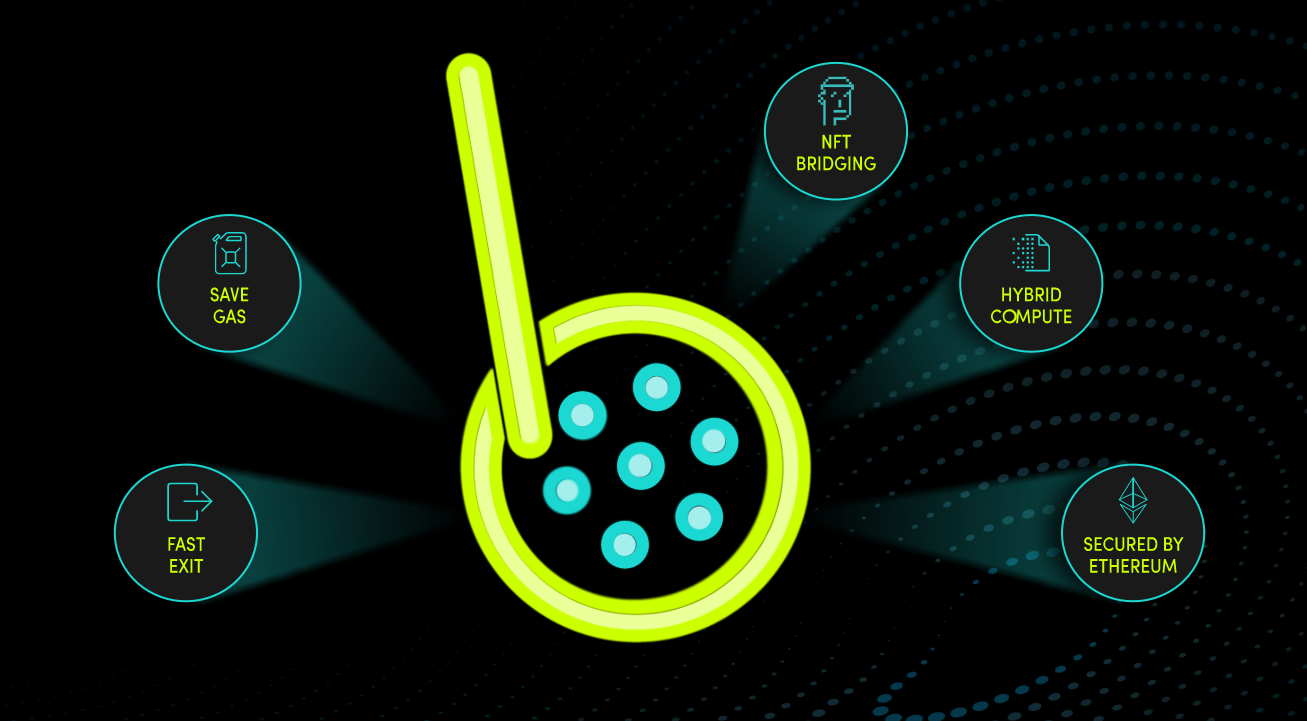Native Token of Layer 2 platforms is gradually becoming a headache for developers in solving the problem of how it will be used in their ecosystem. In this article, everyone will learn about ARB, OP, STRK, ZKS,.. & the headaches of Layer 2 platforms.
To better understand the articles ARB, OP, STRK, ZKS,.. & The headaches of Layer 2 platforms, people can refer to some of the articles below:
- What is Layer 2? Complete Guide to Layer 2 Solutions
- What is Arbitrum (ARB)? Arbitrum Cryptocurrency Overview
- What is Arbitrum Short-Term Incentives Program (STIP)?
- What is Orbit? Overview of Arbitrum Orbit’s Layer 3 Vision
Current Status of Use of Layer 2 Tokens
Current situation with Arbitrum & Optimism platforms
It can be said that up to now, Arbitrum and Optimism are the two most successful Layer 2 Blockchains ever. The common point between these two platforms is that they have launched their own Native Tokens, ARB with Arbitrum and OP with Optimism.
Up to now, ARB and OP are being used for some of the following purposes:
- KNIFE
- Incentives
Obviously with Layer 2 platforms, the launch of Native Token has strong significance in promoting the decentralization of the network and the first factor is to build a DAO (Native Token holders). has the right to vote on network proposals). At the present time, in both Arbitrum and Optimism, most major decisions are passed through the voting of the DAO and the DAO has done its job properly.

If we look specifically at Tally.xyz – the on-chain voting platform, out of all 13 proposals coming from the Arbitrum Foundation, there are 3 proposals that were not approved, or with 13 proposals coming from the Optimism Foundation, there are also up to 6 proposals. The proposal was not approved.
Obviously, launching Native Token is to lay the foundation for a decentralized governance that will lead to Incentives programs driven by the DAO itself. Incentive for Arbitrum or Optimism is also very diverse such as:
- Incentive for projects in Arbitrum from which projects will have additional rewards for users, liquidity providers,… promoting the positivity, TVL, Volume,… of the network.
- Incentive is for individuals, organizations, projects,… contributing to promoting the Education, Marketing,… elements of the project to users.
- Incentive to motivate developers to improve and upgrade network security.
There will be countless different Incentive programs and types depending on the level of creativity of the DAO and the development team.
At the present time, it is clear that ARB and OP are only used for these two purposes. However, the first purpose is quite easy to understand because it is a common characteristic of the entire Crypto market, but using Incentive too much also has negative effects on the price of Native Token. Because when too much is farmed, Native Tokens will be sold by users and LPs, so using Incentive is still a double-edged sword and if you are not careful, you will get cut.
Current situation with Boba Network & Metis platforms
Like Arbitrum and Optimism, Boba and Metis also use their Native Tokens, BOBA, METIS, in network management and Incentive for their ecosystem. The difference here is that Boba and Metis use their own Tokens as transaction fees for the platform, not ETH. However, it is unclear why Boba and Metis were not as successful as expected. Some reasons include:

- The development team is not really talented as the source code for both Boba and Metis is taken from Optimism.
- Bad people lead to other issues being affected such as vision, strategy, ecosystem, technology,…
And there is another reason that also comes from community speculation that Boba and Metis do not receive strong support from Ethereum because they themselves do not support ETH. This is the exact opposite of Optimism and Arbitrum.
Up to now, both Boba and Metis have failed to expand and dominate the Layer 2 market. One of the notable cases in the near future is a Layer 2 and the use of its Native Token. making transaction fees is Starknet, is Starknet similar to Boba and Metis? However, there are also rumors that Starknet aspires to become a Layer 1 rather than a Layer 2.
I think the biggest problem with using Native Token is the transaction fee
ARB, OP, STRK, ZKS,.. & The Headaches of Layer 2 Platforms
Decentralization is still the focus of ARB, OP, STRK, ZKS, etc.
One of the focuses for Layer 2 platforms towards decentralization is the operation of Sequencer. At present, most Layer 2 platforms such as Arbitrum, Optimism, zkSync, Base,… are operating Sequencer themselves. Sequencer decentralization is just one of the elements that will soon be implemented in the long term.
Similar to Layer 1 platforms that allow users to delegate Native Tokens to Validators and this may soon happen to Layer 2 platforms where anyone can become a Sequencer and Holders can Participate in staking for Sequencers that you like and trust. However, this journey will still be relatively long. Besides Sequencer, on Layer 2 platforms there is also the Proposer role – focusing on sending root state to Ethereum.
Most recently, the Plutus DAO platform introduced an Arbitrum Staking proposal. However, this proposal does not have a strong impact on the Arbitrum network and receives many mixed opinions from the community. Hope you can read more details about the Arbitrum Staking proposal here.
Transaction fees for Layer 3
Layer 3 is one of the “one-stop-shop” solutions of Layer 2 platforms, not only solving the problem of expansion for Ethereum, bringing TPS to tens of thousands or even unlimited, but also solving Get the Use Case problem for Layer 2 platforms.
At the present time, both Arbitrum, zkSync and Starknet share the same Layer 3 vision, the only difference is different design models. Layer 3 is no longer on paper as there are many projects being implemented on Arbitrum Orbit such as Xai, Meliora, Syndr, Hook, Sanko GameCorp, Deri Protocol,… while zkSync and Starknet are still in the process of being completed. improve infrastructure.
However, the problem is that Layer 3 platforms have the right to arbitrarily choose the token for transaction fees, which can be ETH, Native Token of Layer 2 platform, Stablecoin or Layer 3 token itself. In a good case At least, some key Layer 3 platforms will use Layer 2’s Native Token as transaction fees, but at that time the problem arises about what the project’s Native Token is for.
Summary
Obviously, the Use Case of Native Token Layer 2 is one of the headaches for developers. In your opinion, are there any other potential Use Cases for ARB, OP, STRK, ZKS,..?


